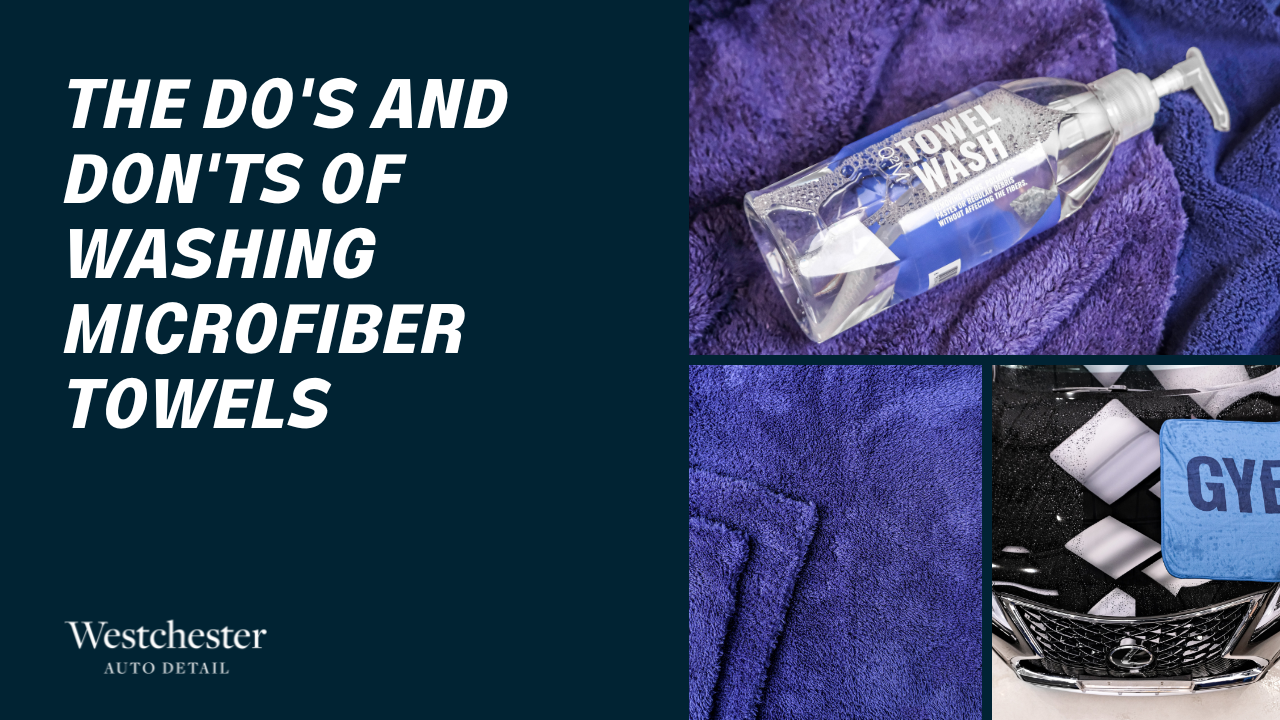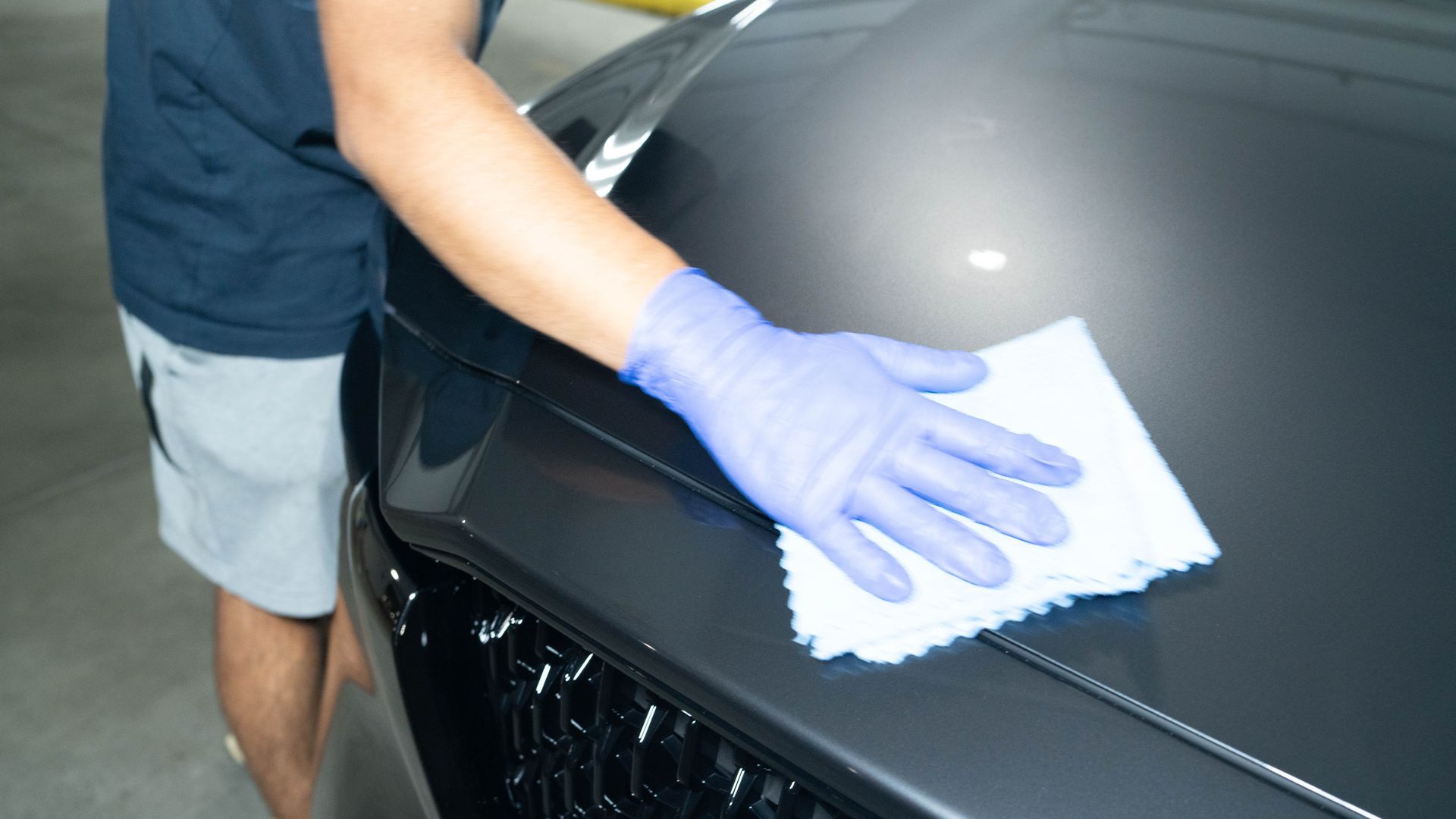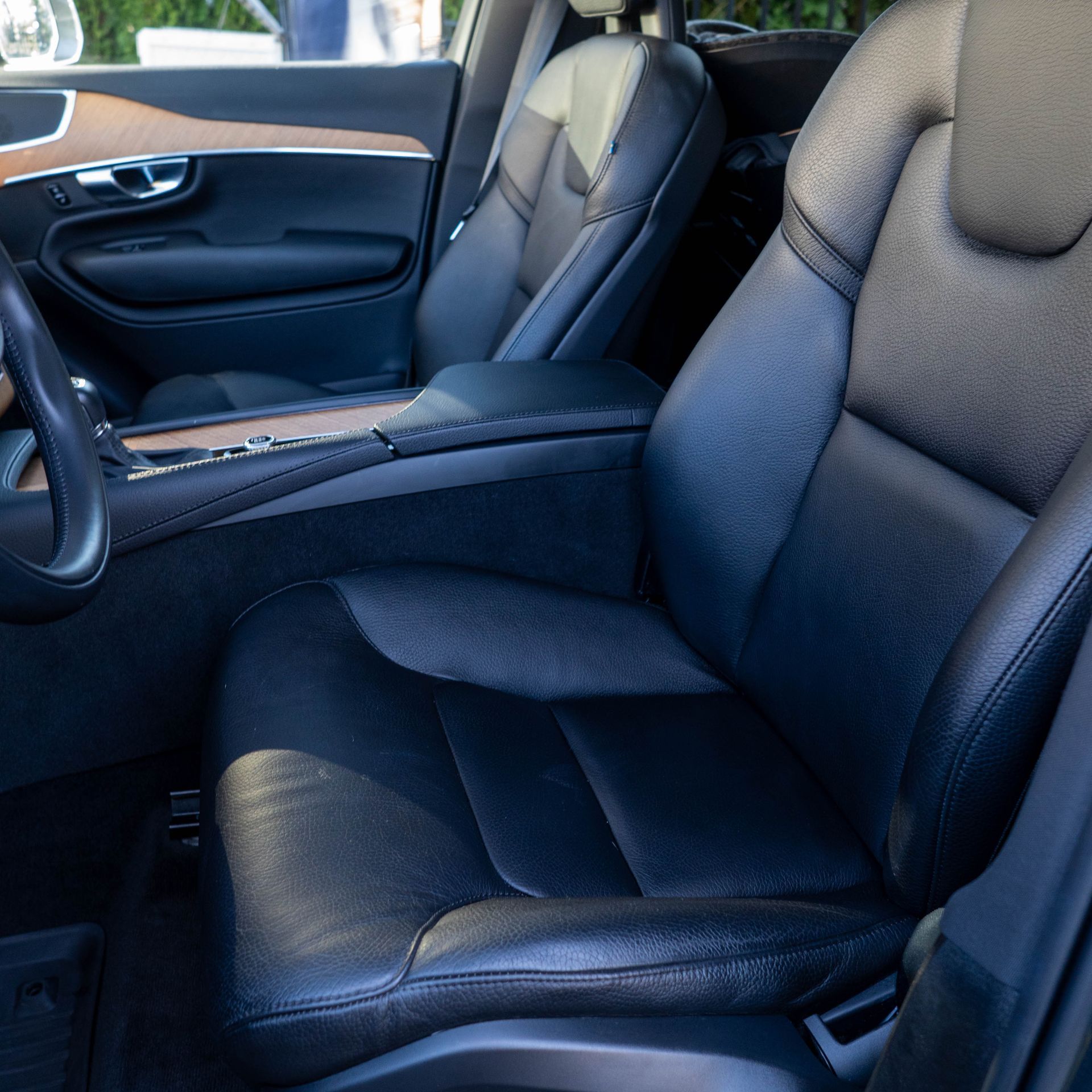The Do's and Don'ts of Washing Microfiber Towels
January 25, 2024

Microfiber towels have become a cleaning essential in countless households and detailing shops thanks to their ultra-fine fibers that lift dirt without scratching. But to get the most life and performance out of these towels, proper laundry practices are crucial.
Follow this comprehensive guide to washing and caring for microfiber towels:
Always Wash with Cold Water
The number one rule for microfiber is to only wash with cold water. Hot water can damage, shrink, and melt the synthetic polymer fibers causing the towels to lose their softness and absorbency. Warm or hot water can also loosen excess dye leading to discoloration issues over time. Stick to cold washes to keep towels intact.
Wash New Towels Before First Use
Brand new microfiber towels contain residual loose fibers, lint, and chemicals left over from manufacturing. Wash them separately before using to remove this debris and maximize cleaning ability. Lint roll towels first to get surface fibers off. Then do an initial wash by themselves to get rid of the rest without contaminating other laundry.
Separate Towels by Color
When washing microfiber, always separate light and dark colored towels. The dyes used for darker colors like black, navy, red, and forest green can bleed into lighter towels over repeated washings. To prevent any dye transfer, keep them separated into light and dark piles from the very first wash.
Categorize Towels by Use
In addition to separating by color, also sort towels into piles based on their intended use - glass, polishing, wax removal, interior, engine, wheels/tires etc. Washing towels together that have been used for different detailing tasks can lead to cross-contamination. Grease and chemicals can transfer between the towels.
Use an Extra Rinse Cycle
After washing microfiber towels, always run an additional rinse cycle to thoroughly flush out all soap residue. Leftover detergents attract dirt particles once the towels are back in use. The extra rinse ensures no chemicals remain embedded in the fibers. For extra softening, add a splash of white vinegar to the final rinse.
Choose a Specialized Microfiber Detergent
Avoid using regular laundry detergent on microfiber towels, as some ingredients are harsh and can shorten the lifespan. Opt for a specialty microfiber wash formulated to deeply clean the fibers without being too abrasive. Brands like PNS Rag to Riches contain no fillers, optical brighteners, or fragrances that leave residue.
Say No to Fabric Softeners and Dryer Sheets
Never use liquid fabric softeners or dryer sheets when washing/drying microfiber. The waxes and chemicals coat the fibers causing the towels to repel water rather than absorb. This significantly reduces their cleaning capabilities. Only use products specifically made for microfiber.
Avoid Using Bleach
While bleach can remove stains, it is too harsh for routine microfiber washing. The high alkalinity degrades the fibers over time, causing them to fray and lose absorbency. Only use bleach occasionally to strip extremely dirty towels. Always rinse thoroughly after to remove all bleach residue.
Dry on Low Heat
High heat from dryers can melt, shrink, and damage microfiber fibers. Always use the lowest heat setting or no heat when machine drying towels. For best results, line dry completely after washing. If machine drying, use the air fluff cycle and remove before fully dry.
By following these microfiber laundry dos and don'ts, you can keep your towels working like new. Taking extra care when washing will extend the life of your towels for hundreds of washes so you can count on professional-grade cleaning performance every time.









